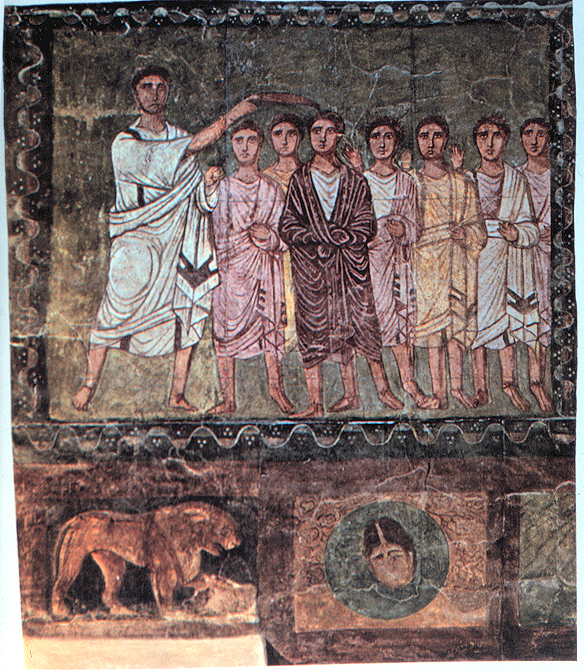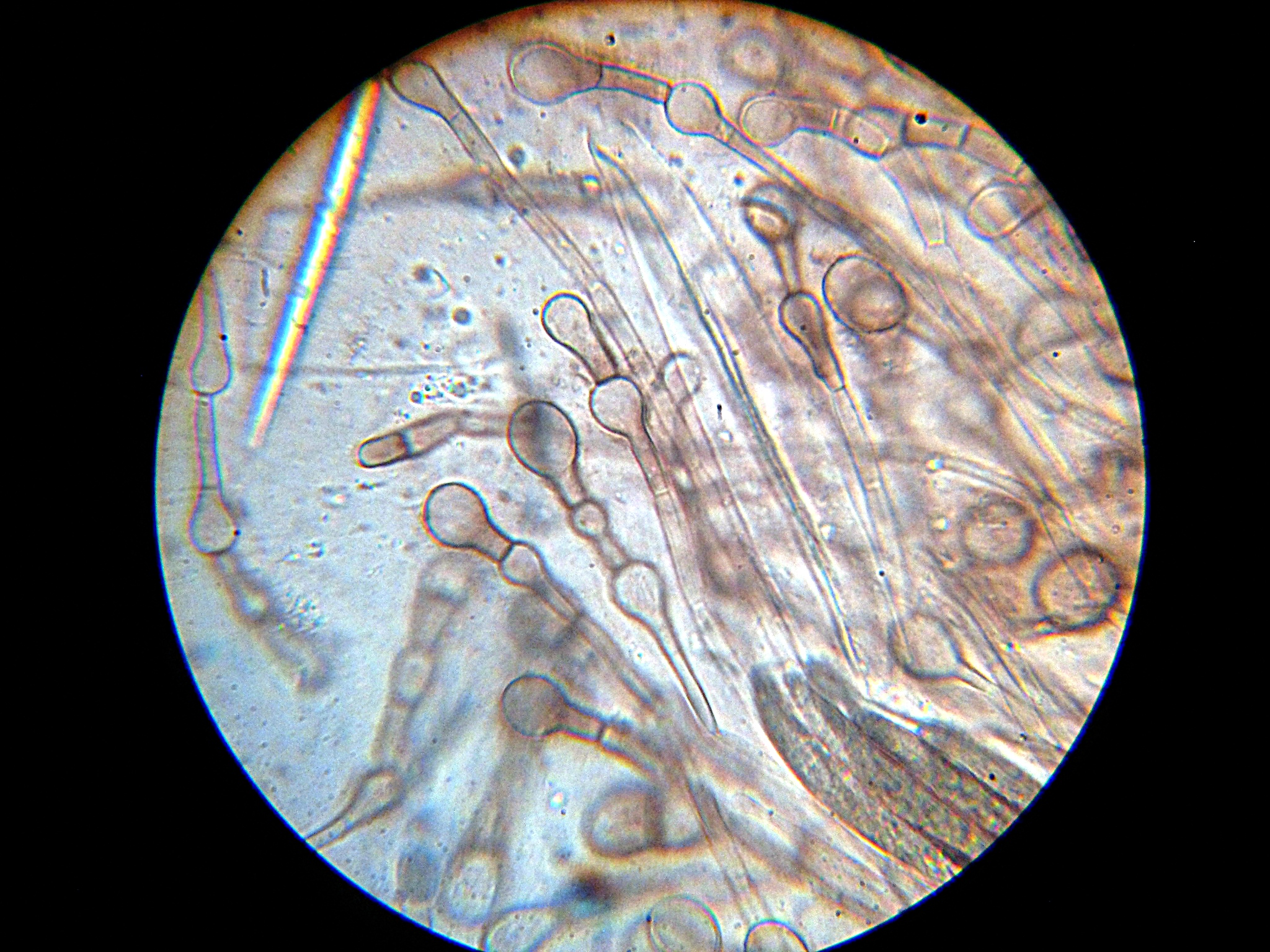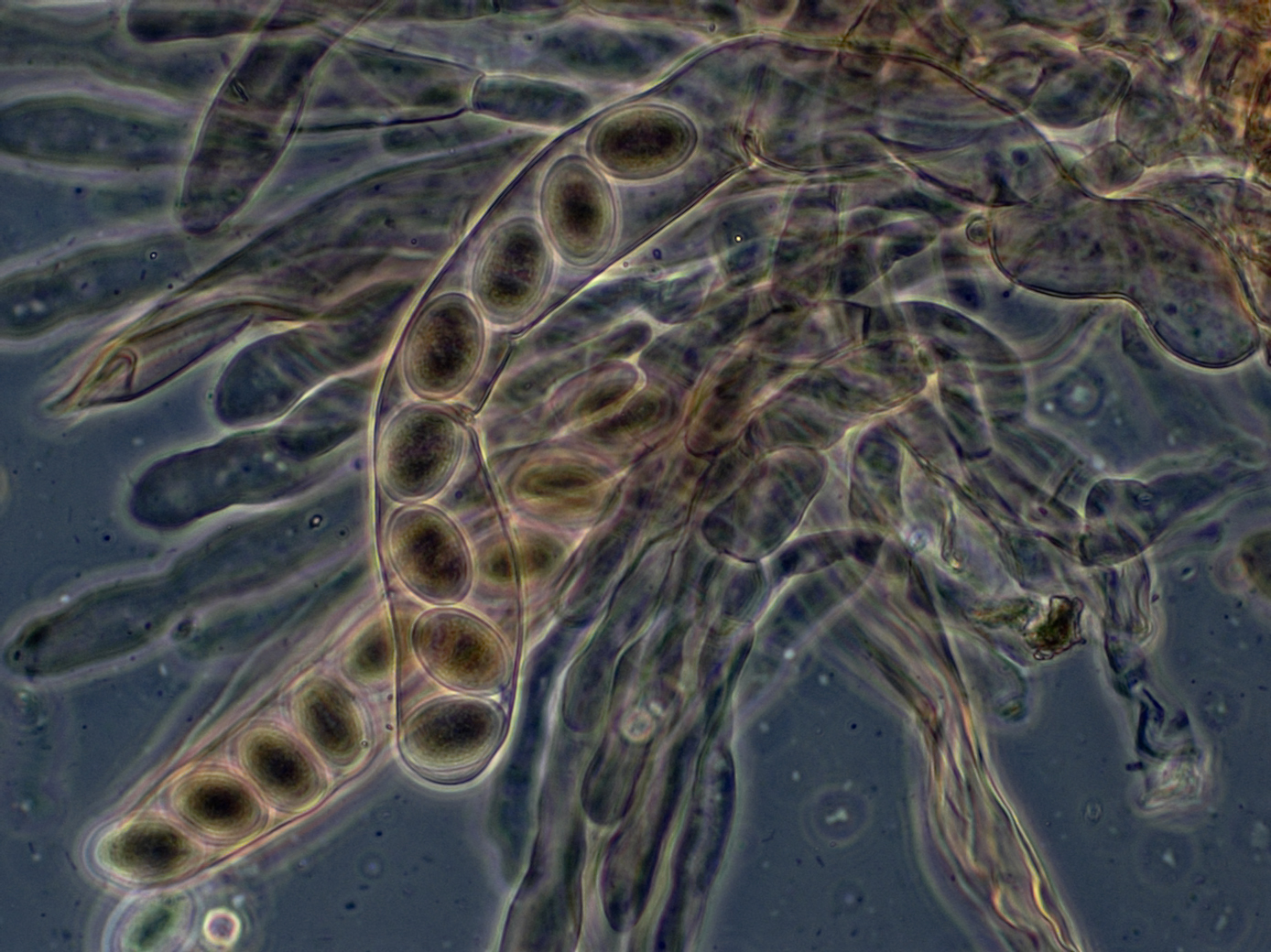|
Thecographa
''Thecographa'' is a genus of lichen-forming fungi in the family Graphidaceae. It has three species of corticolous (bark-dwelling) script lichens. The genus was circumscribed by Abramo Bartolommeo Massalongo in 1860. Although Massalongo did not assign a type species for the genus, David L. Hawksworth set '' Thecographa prosiliens'' as the type in 1981. Morphological characteristics of the genus include its (fruiting bodies), the lack of a , and the complete of the . Description The genus ''Thecographa'' features apothecia (fruiting bodies) that are initially closed and embedded (), but later erupt to become open, elevated, and urn-shaped (). These apothecia often appear almost stalked, and are characteristically flexible, twisted, and angular. They are rarely and sparsely branched. The apothecia are equipped with a distinctive, excipulum that is cup-shaped. This structure is thin but consistent, enveloped by the thallus or tree bark on which the lichen lives. Over time, th ... [...More Info...] [...Related Items...] OR: [Wikipedia] [Google] [Baidu] |
Graphidaceae
The Graphidaceae are a family of lichens in the order Ostropales. Distribution and ecology The vast majority of Graphidaceae species are restricted to the tropics. Most Graphidaceae species are epiphytic (i.e. they grow only on plants). Genera A recent (2020) estimates places 31 genera and about 990 species in Graphidaceae. The following list indicates the genus name, the taxonomic authority, year of publication, and the number of species: *''Acanthothecis'' – 5 spp. *''Acanthotrema'' – 1 sp. *''Aggregatorygma'' – 1 sp. *''Allographa'' – 183 spp. *''Amazonotrema'' – 1 sp. *'' Ampliotrema'' – 1 sp. *'' Anomalographis'' – 2 spp. *''Anomomorpha'' – 8 spp. *''Astrochapsa'' – 29 spp. *'' Austrotrema'' – 3 spp. *'' Borinquenotrema'' – 1 sp. *'' Byssotrema'' – 1 sp. *''Carbacanthographis'' – 22 spp. *''Chapsa'' – 51 spp. *''Chroodiscus'' – 17 spp. *'' Clandestinotrema'' – 17 spp. *'' Compositrema'' – 4 spp. *'' Corticorygma'' – 1 ... [...More Info...] [...Related Items...] OR: [Wikipedia] [Google] [Baidu] |
Pers
Pers may refer to: * Pers, Cantal, France, a commune near Aurillac * Pers, Deux-Sèvres, France, a commune near Poitiers * '' Pers.'', taxonomic author abbreviation for mycologist Christiaan Hendrik Persoon *Persian language PERS may refer to: * Personal Emergency Response System See also * * * Person (other) * Perse (other) Perse may refer to: * Persa (play), a comedy by the Roman playwright Plautus * Perse (mythology) (also Persa or Perseis), an Oceanid and consort of Helios in Greek mythology * The Perse School, an independent co-educational school in Cambridge, ... * Per (other) {{geodis ... [...More Info...] [...Related Items...] OR: [Wikipedia] [Google] [Baidu] |
David L
David (; , "beloved one") (traditional spelling), , ''Dāwūd''; grc-koi, Δαυΐδ, Dauíd; la, Davidus, David; gez , ዳዊት, ''Dawit''; xcl, Դաւիթ, ''Dawitʿ''; cu, Давíдъ, ''Davidŭ''; possibly meaning "beloved one". was, according to the Hebrew Bible, the third king of the United Kingdom of Israel. In the Books of Samuel, he is described as a young shepherd and harpist who gains fame by slaying Goliath, a champion of the Philistines, in southern Canaan. David becomes a favourite of Saul, the first king of Israel; he also forges a notably close friendship with Jonathan, a son of Saul. However, under the paranoia that David is seeking to usurp the throne, Saul attempts to kill David, forcing the latter to go into hiding and effectively operate as a fugitive for several years. After Saul and Jonathan are both killed in battle against the Philistines, a 30-year-old David is anointed king over all of Israel and Judah. Following his rise to power, D ... [...More Info...] [...Related Items...] OR: [Wikipedia] [Google] [Baidu] |
Lichen Genera
A lichen ( , ) is a composite organism that arises from algae or cyanobacteria living among filaments of multiple fungi species in a mutualistic relationship.Introduction to Lichens – An Alliance between Kingdoms . University of California Museum of Paleontology. Lichens have properties different from those of their component organisms. They come in many colors, sizes, and forms and are sometimes plant-like, but are not plants. They may have tiny, leafless branches ( fruticose); flat leaf-like structures ( foliose); grow crust ... [...More Info...] [...Related Items...] OR: [Wikipedia] [Google] [Baidu] |
Species Fungorum
''Index Fungorum'' is an international project to index all formal names ( scientific names) in the fungus kingdom. the project is based at the Royal Botanic Gardens, Kew, one of three partners along with Landcare Research and the Institute of Microbiology, Chinese Academy of Sciences. It is somewhat comparable to the International Plant Names Index (IPNI), in which the Royal Botanic Gardens is also involved. A difference is that where IPNI does not indicate correct names, the ''Index Fungorum'' does indicate the status of a name. In the returns from the search page a currently correct name is indicated in green, while others are in blue (a few, aberrant usages of names are indicated in red). All names are linked to pages giving the correct name, with lists of synonyms. ''Index Fungorum'' is one of three nomenclatural repositories recognized by the Nomenclature Committee for Fungi; the others are ''MycoBank'' and '' Fungal Names''. Current names in ''Index Fungorum'' (''Sp ... [...More Info...] [...Related Items...] OR: [Wikipedia] [Google] [Baidu] |
Paraphyses
Paraphyses are erect sterile filament-like support structures occurring among the reproductive apparatuses of fungi, ferns, bryophytes and some thallophytes. The singular form of the word is paraphysis. In certain fungi, they are part of the fertile spore-bearing layer. More specifically, paraphyses are sterile filamentous hyphal end cells composing part of the hymenium of Ascomycota and Basidiomycota interspersed among either the asci ASCI or Asci may refer to: * Advertising Standards Council of India * Asci, the plural of ascus, in fungal anatomy * Accelerated Strategic Computing Initiative * American Society for Clinical Investigation * Argus Sour Crude Index * Association of ... or basidia respectively, and not sufficiently differentiated to be called cystidia, which are specialized, swollen, often protruding cells. The tips of paraphyses may contain the pigments which colour the hymenium. In ferns and mosses, they are filament-like structures that are found on sporang ... [...More Info...] [...Related Items...] OR: [Wikipedia] [Google] [Baidu] |
Ascus
An ascus (; ) is the sexual spore-bearing cell produced in ascomycete fungi. Each ascus usually contains eight ascospores (or octad), produced by meiosis followed, in most species, by a mitotic cell division. However, asci in some genera or species can occur in numbers of one (e.g. '' Monosporascus cannonballus''), two, four, or multiples of four. In a few cases, the ascospores can bud off conidia that may fill the asci (e.g. '' Tympanis'') with hundreds of conidia, or the ascospores may fragment, e.g. some '' Cordyceps'', also filling the asci with smaller cells. Ascospores are nonmotile, usually single celled, but not infrequently may be coenocytic (lacking a septum), and in some cases coenocytic in multiple planes. Mitotic divisions within the developing spores populate each resulting cell in septate ascospores with nuclei. The term ocular chamber, or oculus, refers to the epiplasm (the portion of cytoplasm not used in ascospore formation) that is surrounded by the "bou ... [...More Info...] [...Related Items...] OR: [Wikipedia] [Google] [Baidu] |
Apothecia
An ascocarp, or ascoma (), is the fruiting body ( sporocarp) of an ascomycete phylum fungus. It consists of very tightly interwoven hyphae and millions of embedded asci, each of which typically contains four to eight ascospores. Ascocarps are most commonly bowl-shaped (apothecia) but may take on a spherical or flask-like form that has a pore opening to release spores (perithecia) or no opening (cleistothecia). Classification The ascocarp is classified according to its placement (in ways not fundamental to the basic taxonomy). It is called ''epigeous'' if it grows above ground, as with the morels, while underground ascocarps, such as truffles, are termed ''hypogeous''. The structure enclosing the hymenium is divided into the types described below (apothecium, cleistothecium, etc.) and this character ''is'' important for the taxonomic classification of the fungus. Apothecia can be relatively large and fleshy, whereas the others are microscopic—about the size of flecks ... [...More Info...] [...Related Items...] OR: [Wikipedia] [Google] [Baidu] |



